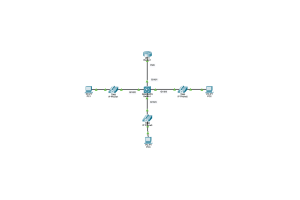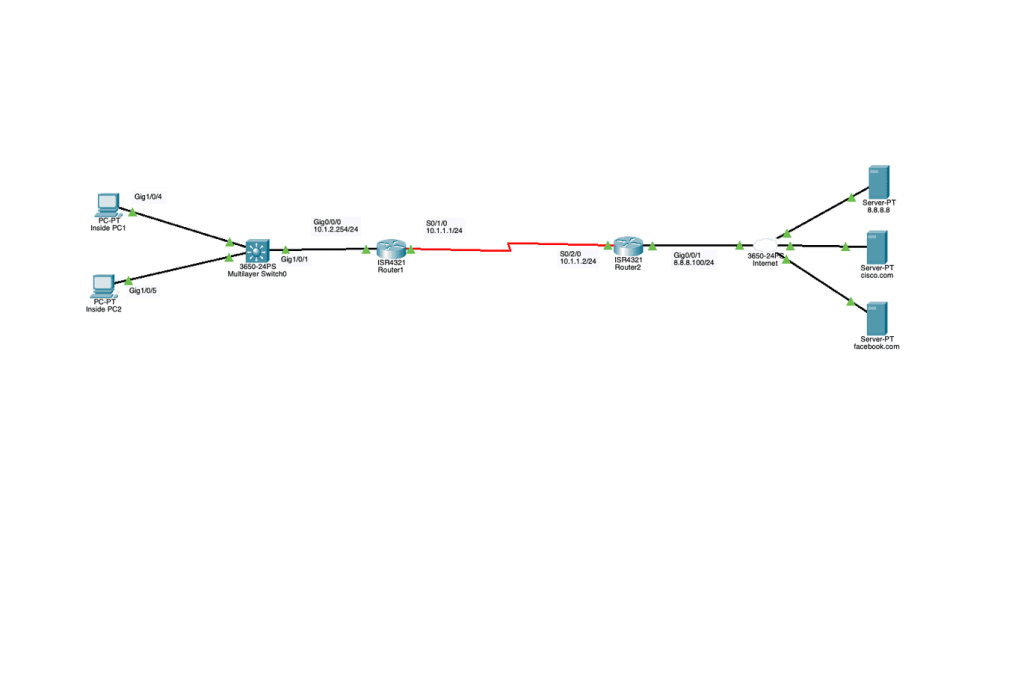
It is a set of technologies that work on the network to guarantee its ability to run high-priority applications and traffic under limited network capacity.
QoS technologies accomplish this by providing differentiated handling and capacity allocation to specific flows in the network traffic. This enables the order in which packets are handled and the amount of bandwidth offered to that application or traffic flow.

For the lab, Differentiated Services Code Point (DSCP) Marking is used for QoS to mark and match traffic. Voice, HTTP, and ICMP are marked using DSCP, class-map is created to match the following protocols: rtp for Voice, http for HTTP, and icmp for ICMP. After creating a class-map. Policy-map is created next and matches with the class created, where the DSCP value is set and the priority of bandwidth is set on R1. After this, it bound to an interface (s0/1/0).
On R2 a class-map is also created but it uses a match statement on each class-map created(Voice, HTTP, and ICMP), and a policy-map is created to set the precedence for each class. After this, it bound to an interface (s0/2/0).
This is a summary of my documentation of the lab.
The course can be found at Udemy by David Bombal.